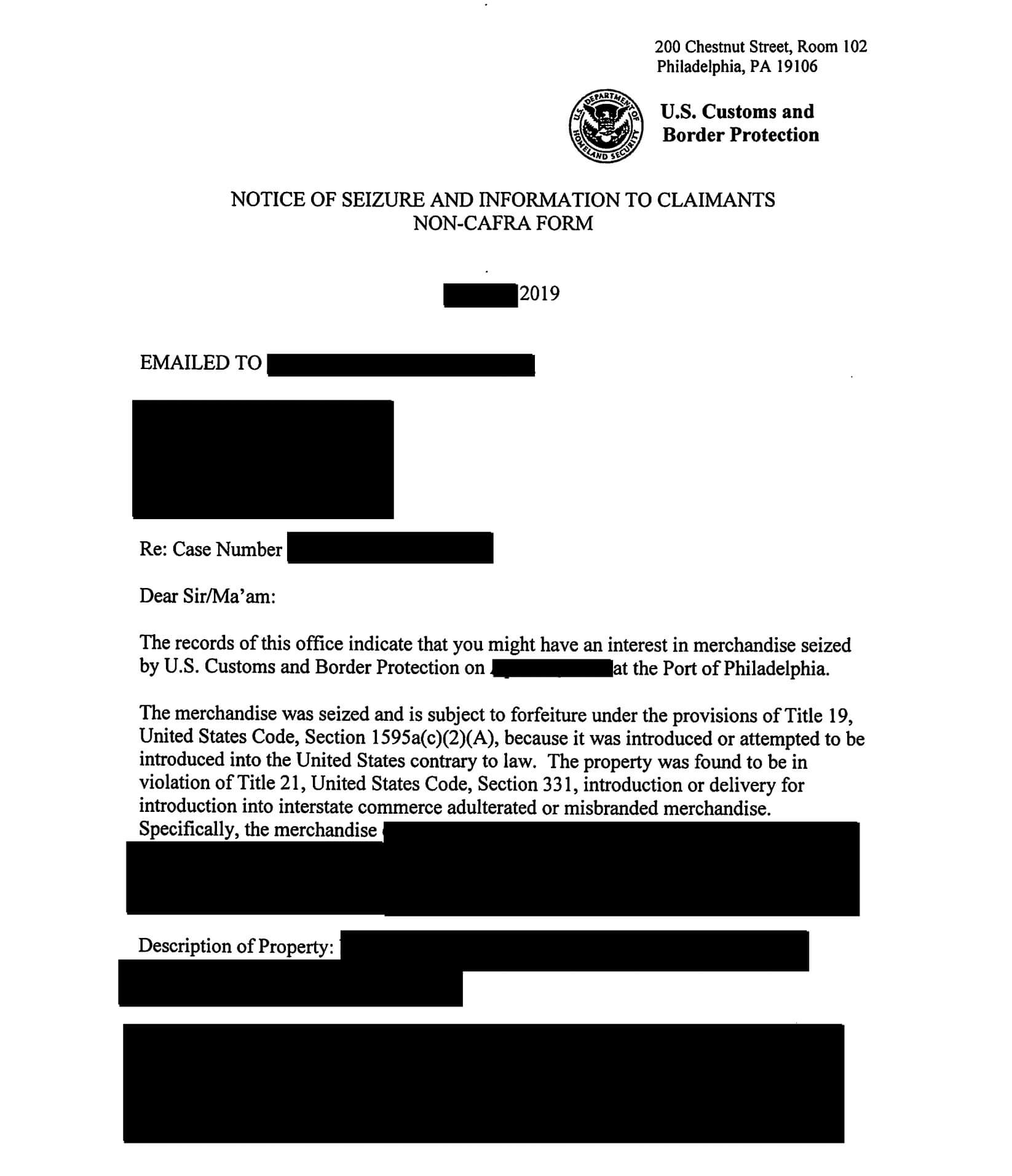Import restrictions and prohibitions play a significant role in shaping international trade practices. As countries strive to protect their domestic industries, safeguard national security, and promote fair trade practices, they implement various measures that regulate and control the flow of goods across their borders. To comprehend the complexities and implications of import restrictions, it is vital to examine their underlying reasons, impacts, and different types. In this article, we will delve into these topics and explore how import restrictions shape the global marketplace.
Why Do Import Restrictions and Prohibitions Exist?
Import restrictions and prohibitions exist for a multitude of reasons. At their core, these measures are implemented to safeguard domestic industries and protect national interests. By limiting the entry of certain goods into a country, governments aim to shield their own industries from foreign competition. This protectionism can be rooted in the desire to preserve local jobs, promote economic growth, and nurture key industries deemed strategically important. Additionally, import restrictions may be imposed to address specific concerns such as public health, the environment, and cultural preservation.
Furthermore, import restrictions often serve as a tool for governments to regulate international trade and balance their trade deficits. By controlling the inflow of goods through tariffs, quotas, and non-tariff barriers, countries can manage their trade imbalances and protect their domestic markets from excessive imports. Import restrictions can also be used as leverage in negotiations with other countries to facilitate fair trade practices and ensure a level playing field for domestic industries.
Moreover, import restrictions can also be implemented to protect national security interests. Certain goods, such as weapons, military equipment, and sensitive technologies, may be subject to strict import controls to prevent their unauthorized access or use by foreign entities. These restrictions help safeguard a country’s defense capabilities and prevent potential threats to its sovereignty.
The Impact of Import Restrictions on International Trade
The impact of import restrictions on international trade is significant and far-reaching. While these measures are intended to protect domestic industries and national interests, they can also have unintended consequences. Import restrictions often lead to reduced competition, higher consumer prices, and limited product choices. Consequently, consumers may face higher costs and reduced access to goods that are subject to import restrictions.
Moreover, import restrictions can disrupt global supply chains and hinder the efficient allocation of resources. When countries impose import barriers, it becomes more challenging for businesses to source raw materials and intermediate goods from foreign suppliers, potentially leading to higher production costs and reduced competitiveness.
Import restrictions can also strain diplomatic relations between countries. Disputes may arise when import restrictions are perceived as unfair or discriminatory. In some cases, countries may resort to retaliatory measures, escalating trade tensions and inhibiting global economic growth.
Nevertheless, import restrictions can provide certain benefits. By protecting domestic industries, governments aim to encourage the development of strategic sectors and enhance national self-sufficiency. This can contribute to economic stability and reduce dependence on foreign markets. Import restrictions can also incentivize investment in domestic industries and promote the growth of innovative technologies.
However, it is important to note that import restrictions should be implemented judiciously and with careful consideration of their potential consequences. Excessive or poorly designed import restrictions can lead to unintended negative effects, such as trade wars, reduced foreign investment, and retaliation from trading partners. Therefore, policymakers must strike a balance between protecting domestic industries and maintaining open and fair international trade.
Common Types of Import Restrictions and Prohibitions
Import restrictions and prohibitions can take various forms and are implemented through a range of measures. Tariffs and quotas are two prominent types of import restrictions commonly imposed by governments. Tariffs are taxes levied on imported goods, effectively increasing their cost and making them less competitive compared to domestically produced goods. Quotas, on the other hand, limit the quantity of imported goods that can enter a country within a specific period.
In addition to tariffs and quotas, governments also employ non-tariff barriers to regulate the inflow of imports. Non-tariff barriers can include technical standards, certification requirements, licensing procedures, and product labeling regulations. These barriers are designed to ensure that imported goods meet certain safety, quality, and environmental standards.
Another form of import restriction is the outright prohibition of specific goods. Governments may ban the importation of goods that are considered hazardous to public health, pose security risks, or infringe upon cultural or religious values. Prohibited goods may include narcotics, weapons, endangered animal products, and counterfeit items.
Furthermore, some countries impose import restrictions and prohibitions for economic reasons. For example, they may restrict the importation of certain goods to protect domestic industries and promote local production. This can be done through measures such as import licensing, where importers need to obtain a license before bringing in certain goods.
Exploring Tariffs and Quotas as Import Restrictions
Tariffs and quotas are widely used import restrictions to protect domestic industries and regulate international trade. Tariffs, also known as import duties, are taxes imposed on imported goods at the border. The purpose of tariffs is twofold: to generate revenue for the government and to create a price disadvantage for foreign products, making domestic goods more appealing to consumers.
The specific tariff rates vary depending on the imported product and can be ad-valorem (based on a percentage of the product’s value) or specific (based on a fixed amount per unit). Governments may also employ a combination of both ad-valorem and specific tariffs to achieve their desired objectives.
Quotas, on the other hand, restrict the quantity of imports allowed into a country within a given period. Quotas can be absolute, specifying a maximum quantity that cannot be exceeded, or they can be allocated to specific countries through bilateral or multilateral agreements. Quotas create scarcity in the domestic market, driving up prices and potentially protecting domestic producers from foreign competition.
While tariffs and quotas are effective tools for regulating imports, they can also have negative consequences. By increasing the cost of imported goods, tariffs effectively function as a tax on consumers. This can result in higher prices for consumers and reduced purchasing power. Quotas, on the other hand, can lead to scarcity and result in limited product availability and higher prices.
It is important for governments to carefully consider the potential unintended consequences of tariffs and quotas, weighing the short-term benefits against the long-term impacts on consumers and overall economic welfare.
Another potential consequence of tariffs is the risk of retaliation from other countries. When a country imposes tariffs on imported goods, it can trigger a trade war, where other countries respond by imposing their own tariffs on the country’s exports. This can lead to a decrease in international trade and harm the overall economy.
In addition to tariffs and quotas, countries may also use non-tariff barriers to restrict imports. These barriers can include technical regulations, licensing requirements, and import bans. Non-tariff barriers can be more difficult to quantify and can create additional challenges for exporters trying to access foreign markets.






